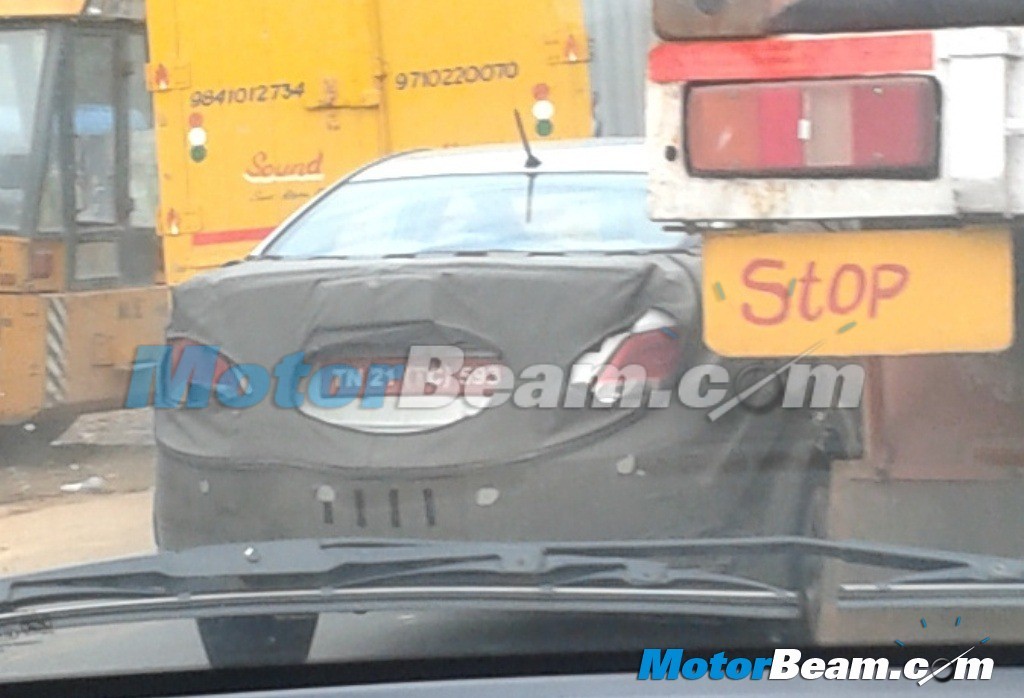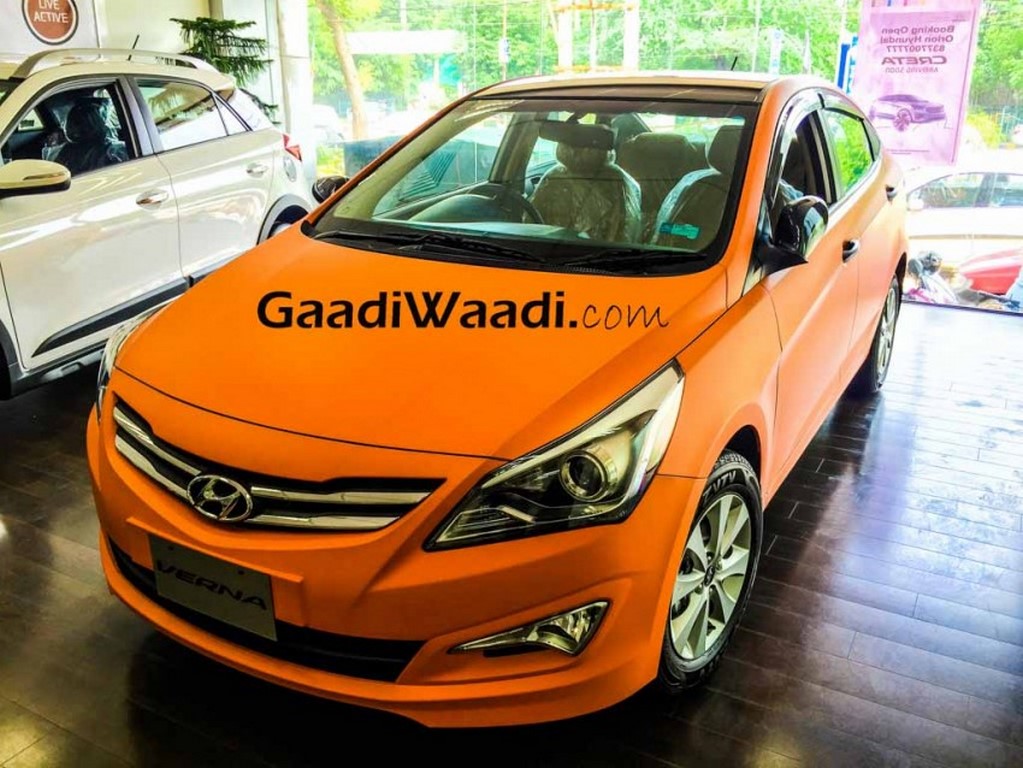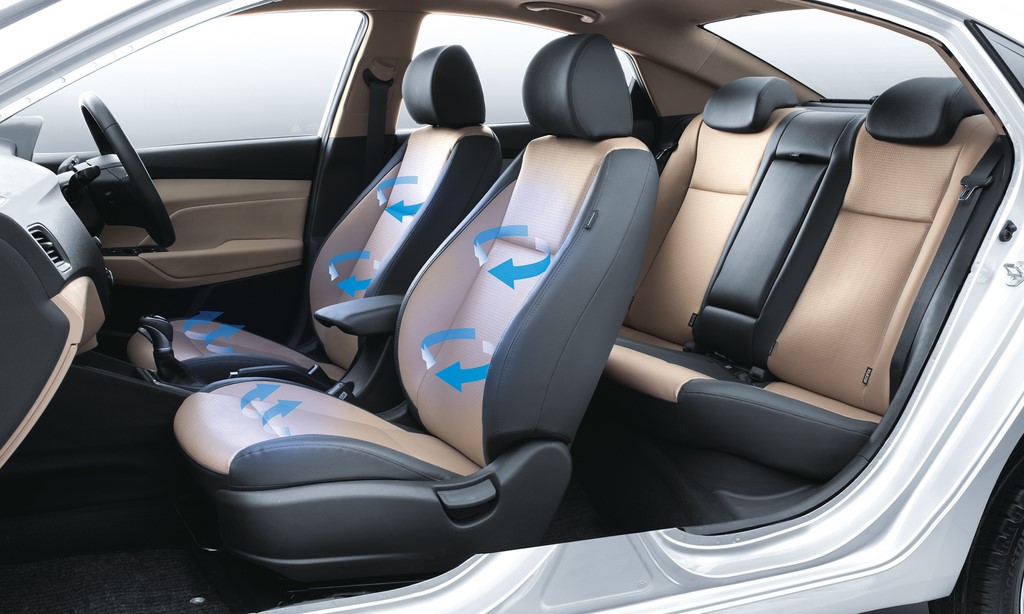The petrol engine is lively and refined
Performance – The petrol engine on the Hyundai Verna is the same 1.6-litre unit as before, while the smaller 1.4-litre unit is no more available. The VTVT motor is very refined and smooth and is pretty silent on idle too. Power delivery is linear and performance feels punchy. The drivetrain doesn’t really go out of breath even at speeds above the ton and revs freely all the way to 6500 RPM. After 4000 RPM, the motor tends to get quite noisy and the noise filters inside the cabin too, this is more prominent on the automatic variant. Fuel efficiency for the manual version will range between 11-13 km/l under real-world conditions while the automatic model will churn out anywhere between 9-11 km/l.
The diesel engine has a lot of grunt and is quite powerful
Both the mills offer very good drive-ability with smooth power delivery
The 1.6-litre CRDI diesel engine is also the same as before. Again, refinement levels are very good and hardly any clatter filters inside the cabin. Turbo lag is very less and power delivery from the mid RPM spectrum is very good. This is also the most powerful oil burner in its segment and this is evident from the performance that it churns out. The powerplant feels punchy right up to 4500 RPM. Fuel efficiency will hover around 15-17 km/l for the manual option and 12-14 km/l for the automatic version. Both the mills on the Verna have been tuned nicely and performance isn’t an issue with any of the versions.
The gearboxes have been matched well to the engines
Hyundai has finally ditched the old 4-speed automatic gearbox. The new Verna gets 6-speed manual and automatic gearbox options with both the engines. The manual gearbox is very easy to use with its light and slick throws while the clutch is also pretty light. The automatic gearbox is a single-clutch unit. It doesn’t get a Sport mode but you do get a manual mode. Talking about this gearbox, the shifts are smooth but not as quick as something like a DSG. It you mash the throttle, there is a slight delay before it downshifts. However, I didn’t really find any jerkiness in the transmission. This gearbox is well-suited for regular driving with an occasional aggressive burst.
Body control on the new Hyundai Verna is very good
Driving Dynamics – Dynamics on the 2018 Hyundai Verna are leagues ahead of the older car. The steering is so much better now. It feels direct but still lacks feedback. At low speeds, it is light enough while it weighs up slightly on the highways. However, it still feels dead and lacks a proper connect. The vehicle remains stable on straights as well as twisty roads alike but doesn’t feel as eager or sure-footed as cars like the Volkswagen Vento and Skoda Rapid. The Verna is a very good cruiser but I wouldn’t call it a fun-to-drive car.
The suspension is slightly on the stiffer side
The suspension has been set-up nicely and it gets a mildly stiff setting. It absorbs bumps and potholes well and the car’s body remains fairly composed all the time. If you hit sharp undulations, the suspension does have a tendency to thud. Ground clearance isn’t much of an issue while braking performance is brilliant with the pedal having good bite and generating much better feedback too. The Verna comes with Hankook tyres and grip is satisfactory for regular usage. While the older car used to feel like a boat, this one is completely different.




